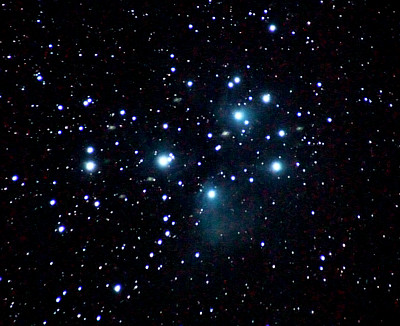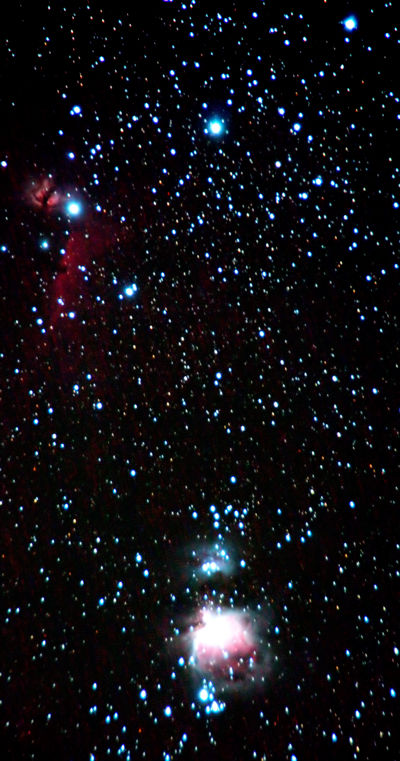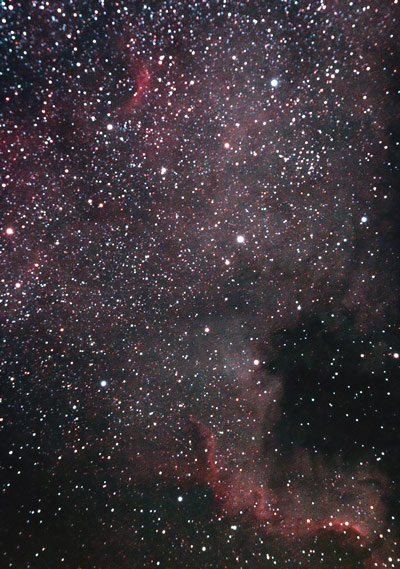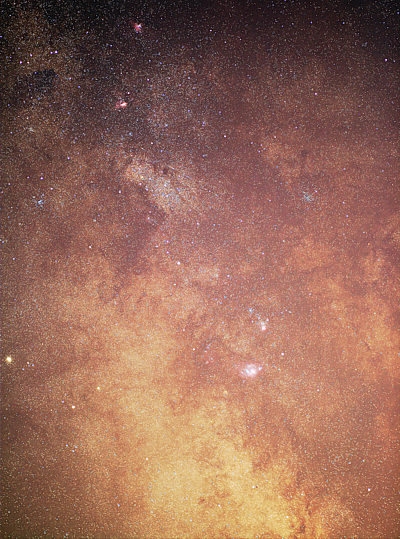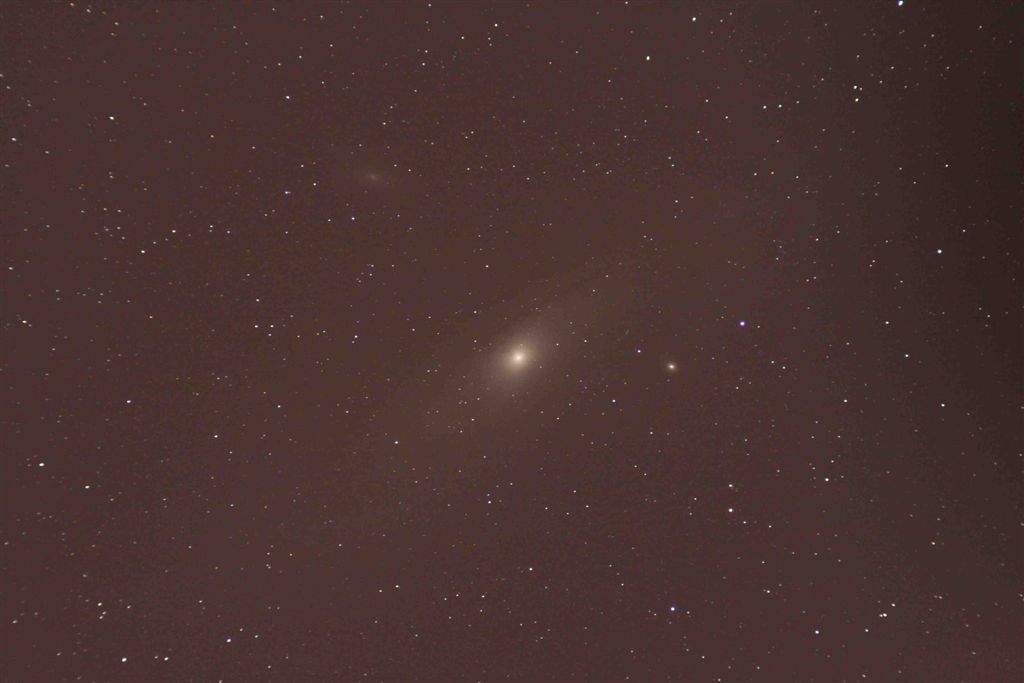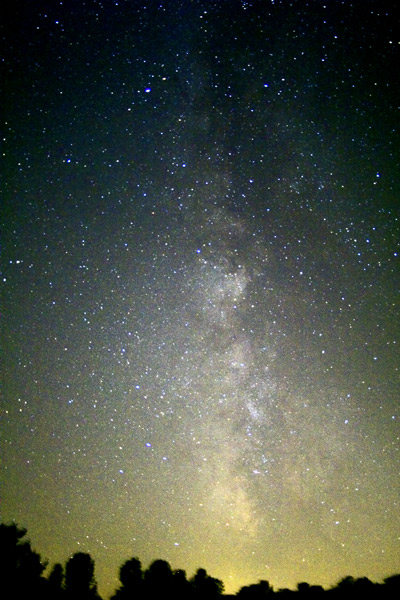I arrived at Binbrook at 8:30 and joined some other intrepid observers and the keyholder.
The moon was high in the sky and quite bright… you could read by it, (unfortunately).
I set up the (Great White Scope) GWS and its trimmings, intent on performing the key experiment to determine what needs to be done with my XTi to get it imaging on the GWS… and with a sheet of paper i projected the moon into space in front of the open eyepiece portal.
It comes to a focus about 1.5 inches away from the edge of the scope, which is just a shade too short
to bring it to a focus within my Xti, so i guess i need to get fancy with the Crayford Focuser.
Jackie was amazed i could bring the moon to a focus on paper beside the scope.
Even more amazed when a large version of the moon appeared on paper when the eyepiece was returned.
I tested out my newly constructed switch for holding the ‘bulb’ mode of the camera, and made some time exposures of Andromeda, while Ann did the same. I noticed a difference in the amount of background glow and noise in ISO 1600 vs ISO 100 mode. Using the GWS as a mobile tracking camera mount was not my style, and i was finished after 3 exposures. The focus was good though. ISO 1600 really brightens up the photos.
We set the camera up to lock the mirror with a separate operation, to eliminate vibration when the exposure starts. I guess it’s overkill for the kinds of photos i was taking, but i am still keen to stretch Andromeda out of the noise.
Despite the sacrilege of using the GWS for astro-photos, i still want to see if it’s possible.
My next project will be to shorten the focuser and get a low profile t-ring so that the camera can snuggle close enough to the scope to get a focus. I guess i have not completely exhausted the chance to adjust the location of the primary mirror, which might propel the focal plane a bit further out of the focuser.
In one of my longer time exposures, i got some star smearing, indicating as misalignment of the EQ platform, (which i had set up by eying Polaris at the start of the evening).
I guess this is a case for using the DSI Pro as a tracking aid, along with a laptop and the tracking port on the EQ platform.
I did not have the luxury of waiting for the moon to set, even though i wanted to seek
M46 and M47 (as part of the Sequential Messier Marathon), which should be rising in the early morning. It turns out M49 is very near the sun right now, so that it will likely be mid October before that hurdle is cleared. By then it will be easy to get from M46 to M53, but M54 is in Saggitarius and will be setting too early. (I think i might be planning too far ahead here).
It’s going to be at least mid December before i get to M68, i reckon, so this is not going to be a quick romp. Some of those galaxies will be pretty low on the horizon, further complicating things.
So, with the SMM on hold…
I found a pumpkin orange star in Perseus, and noted it in my star charts. It does not have a name, and it’s probably 7th magnitude, but it sure is a nice colour. Definitely want to trot it out on visitors nights.
I was able to find for the first time Rho Cassiopia, and see it as a normal looking, if bright star.
There’s an open cluster not far from it, which i was also able to find.
I looked up M15, not far from the moon. The zoom eyepiece eventually served up a smatteing of individual stars, but the moon was definitely working against the deep sky objects.
The moon shining into the GWS caused all kinds of distraction in the eyepiece, as i could see the interior of the scope as i approached for a view.
Things were dewing up but my dew busters and primary fan kept everything nice and dry.
Time to make lemonade, and observe the moon, i guess.
I put a heater on my eyepiece, to keep it dry. It worked fine that way.
I finished the evening with a hunt for M74, brushing up on when i will need it first thing for the (non-sequential) messier marathon in march. I had the stars all aligned, and centered it nicely in the finder and the GWS, but i could not see it with the moon high in the sky.
That’s a clue to how hard it’s going to be.
It took 23 minutes to pack everything back into the car and i was out the gate before 12:15 am.
There’s plenty to see through the GWS whenever the SMM is not on, and the dew busters are working just fine. I now hear about frost, a whole new dimension of telescopic entertainment.

